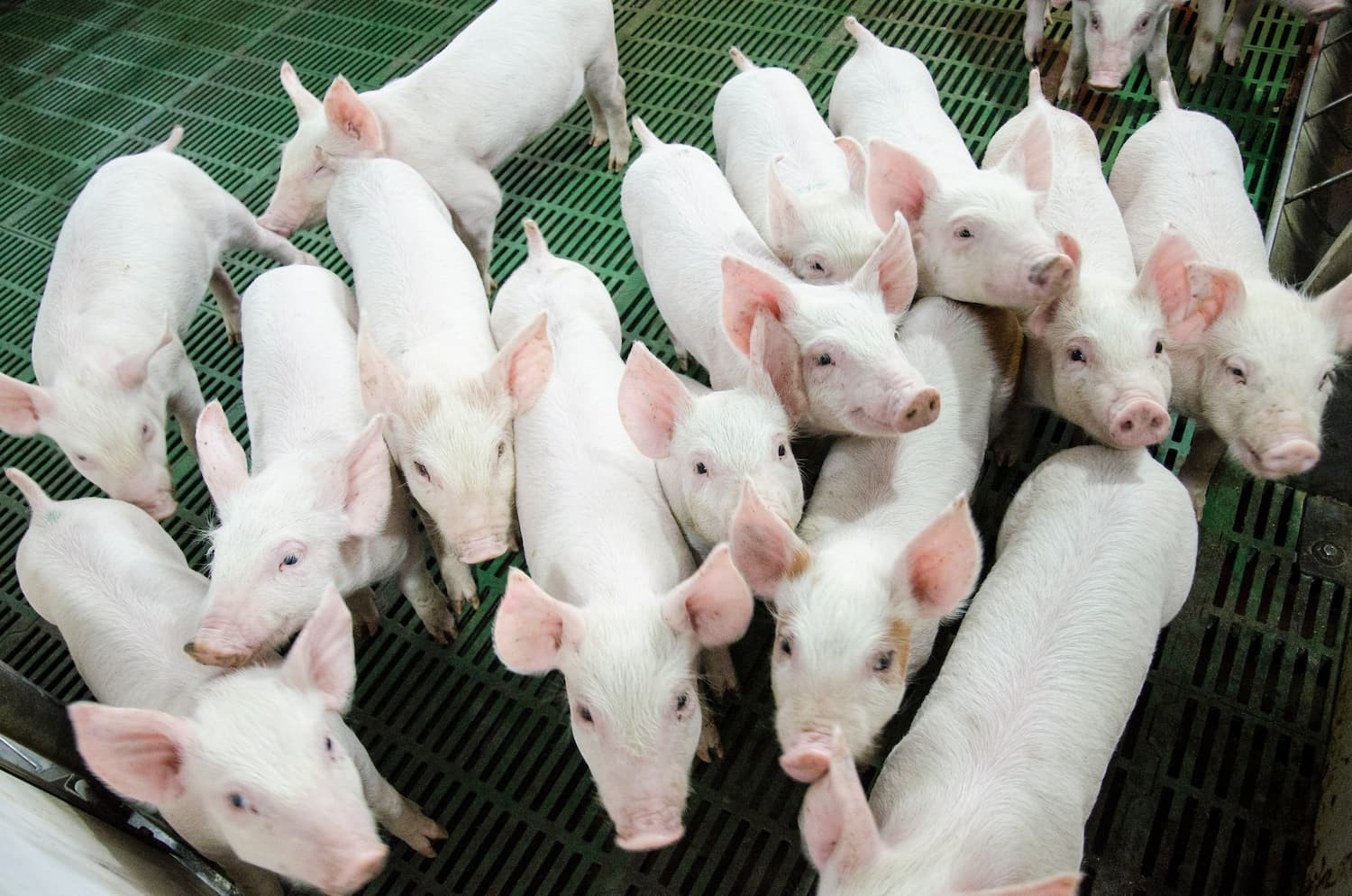
Trong said at a seminar on sustainable animal husbandry and green growth on October 22 that controlling the environment and livestock emissions in Vietnam remains a big problem. While Vietnam is among the countries with the world’s highest livestock density (Vietnam ranks sixth in number of pigs and second in number of waterfowl), the majority of livestock facilities in Vietnam are of small scale.
Vietnamese companies use different waste treatment technologies, but they are unreasonable, especially at small livestock facilities.
A report showed that in 2022, Vietnam had 8 million cows and buffalos, 24.7 million pigs and 380 million fowls. Under the animal husbandry development strategy, Vietnam expects to have 10 million cows and buffaloes, 30 million pigs and 670 million fowls by 2030.
The animal husbandry generates about 18.5 million CO2e a year, accounting for 19 percent of emissions in agriculture. There are two major types of greenhouse gas emissions in husbandry – methane CH4 and nitrous oxide N2O.
It is estimated that 1 ton of CH4 creates greenhouse gas volume equal to 28 tons of CO2 and 1 ton of N2O equal to 265 tons of CO2. Meanwhile, greenhouse gas emissions from livestock come from two main sources: CH4 gas from the rumen of ruminants and CH4 and N2O gas from animal manure.
Some factors affect emissions in animal husbandry, including electricity and energy, respiratory process, digestion, and livestock waste.
According to Trong, technologies and equipment to control carbon indexes can be applied at animal feed processing factories and farms, while livestock waste can be treated with biogas technology and bio-cushion to mitigate pollution and greenhouse gas emissions.
However, these technologies require huge investment capital, so there should be policies to support farmers in land allocation for concentrated husbandry.
Trong has proposed not adding animal husbandry to the list of fields subject to mandatory greenhouse gas emission inventory. In the immediate time, from now to the end of 2026, livestock facilities will be encouraged to take stock and control emissions.
For the time being, it is necessary to organize training courses for specialized technical staff, and complete technologies and policies to improve waste treatment management, greenhouse gas emission inventory and control.
“These things must be done intensively to be sure that everything will be ready before animal husbandry has to carry out greenhouse gas emission inventory,” he said.
Previously, the Ministry of Agriculture and Rural Development (MARD), when drafting the decree replacing Decree 06/2022 dated January 7, 2022 on mitigating greenhouse gas emissions and protecting ozone layer, added animal husbandry to the list of production facilities subject to mandatory greenhouse gas emission stocktaking.
According to Vietnam’s NDC (Nationally Determined Contribution), the potential of emission reduction measures related to the livestock sector in 2021-2030 is 152.5 million tons of CO2 equivalent, accounting for 54 percent of the total emission reduction potential of the agricultural sector.
MARD Deputy Minister Phung Duc Tien affirmed that stocktaking must be done in the animal husbandry sector.
Circular farming
Nguyen Quang Hieu from De Heus who attended the event, shared information about the animal husbandry development in the Netherlands since 1960.
Livestock waste is not treated at farms, but is collected and treated by treatment companies. Pig waste is collected to create biogas used as fuel for heaters at farms. As for cows, the country sets stocking density to ensure the area absorbs waste from the animals.
In recent years, the country has issued sustainable development and green growth strategies. The Dutch are building animal husbandry in a chain, associated with environmental protection and greenhouse gas emission reduction.
“If businesses don’t ensure environmental protection in animal husbandry, they will be taxed very highly, up to 15 percent of revenue,” Hieu explained.
Green transition is inevitable as animal husbandry is one of the biggest sources of greenhouse gas emissions, contributing to global warming.
In Vietnam, experts believe the country can develop animal husbandry with a circular farming model. However, to do this, Vietnam needs to build policies to support circular agriculture to speed up the process to apply this at farms.
Tam An